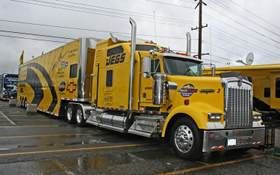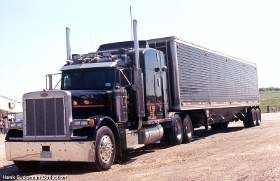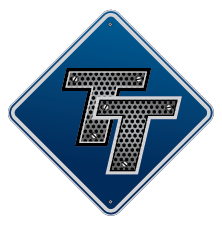DOT CPAP Compliance
Topic 9107 | Page 1

The present guidance suggests that compliance for treated OSA is that the driver be treated for at least four hours a night at least 70% of the time (seven out of 10 nights).

The present guidance suggests that compliance for treated OSA is that the driver be treated for at least four hours a night at least 70% of the time (seven out of 10 nights).
Are you aware if it has to be 4 continuous hours or can it be in various increments that add up to a total of 4 hours?

Hi Kristine welcome to the site. I am on a cpap machine and will help you clarify any question you have. I don't want to upset you but this doesn't sound good. Your husband needs to be on it for at least 4 hrs continuously. The 4 hrs is necessary for him to get into what's known as rem sleep, otherwise it's just a waste of time and money. Some machines operate with a card and some are cellular based. Both require continous use at least 4 hrs. Now the question will he be fired? Probably not but they might sit him out till he is complient. That could be 30 days. Be the way it's sad to see the cpap not getting used. I feel so much better since I've been on it. It was really hard at first but given time I really have grown fond of the darn thing. The only time I don't use it is when I have a head cold.
CPAP:
Constant Positive Airway Pressure
CPAP is a breathing assist device which is worn over the mouth or nose. It provides nighttime relief for individuals who suffer from Sleep Apnea.

Hi Kristine welcome to the site. I am on a cpap machine and will help you clarify any question you have. I don't want to upset you but this doesn't sound good. Your husband needs to be on it for at least 4 hrs continuously. The 4 hrs is necessary for him to get into what's known as rem sleep, otherwise it's just a waste of time and money. Some machines operate with a card and some are cellular based. Both require continous use at least 4 hrs. Now the question will he be fired? Probably not but they might sit him out till he is complient. That could be 30 days. Be the way it's sad to see the cpap not getting used. I feel so much better since I've been on it. It was really hard at first but given time I really have grown fond of the darn thing. The only time I don't use it is when I have a head cold.
Brian,
Thank you so much for the information. Now let me ask... lets say he gets 4 hours one night and then sleeps 4 hours into the next morning, is that going to count for the 4 hours needed for 2 days?
He went today and the DOT Dr told him that he will need to have a week of full compliance and then he will give him a 30 day card and re-assess after that. UGH. Now he is waiting on a response from work as to what they are going to do. (biting my nails)
DOT:
Department Of Transportation
A department of the federal executive branch responsible for the national highways and for railroad and airline safety. It also manages Amtrak, the national railroad system, and the Coast Guard.
State and Federal DOT Officers are responsible for commercial vehicle enforcement. "The truck police" you could call them.
CPAP:
Constant Positive Airway Pressure
CPAP is a breathing assist device which is worn over the mouth or nose. It provides nighttime relief for individuals who suffer from Sleep Apnea.
New Reply:
New! Check out our help videos for a better understanding of our forum features

















Preview:








 TT On Facebook
TT On Facebook
Hello,
My fiancé is a trucker with sleep apnea and he does use a CPAP machine. He has to go get his yearly DOT physical and I am extremely worried because he does not use his CPAP as much as he is supposed to. His shifts require that he is up and down and so he does not get 4 straight hours of sleep every night at all. Does anyone know, if he is non compliant can he get a 30 day card to come into compliance or what may happen??
DOT:
Department Of Transportation
A department of the federal executive branch responsible for the national highways and for railroad and airline safety. It also manages Amtrak, the national railroad system, and the Coast Guard.
State and Federal DOT Officers are responsible for commercial vehicle enforcement. "The truck police" you could call them.
Sleep Apnea:
A physical disorder in which you have pauses in your breathing, or take shallow breaths, during sleep. These pauses can last anywhere from a few seconds to a few minutes. Normal breathing will usually resume, sometimes with a loud choking sound or snort.
In obstructive sleep apnea, your airways become blocked or collapse during sleep, causing the pauses and shallow breathing.
It is a chronic condition that will require ongoing management. It affects about 18 million people in the U.S.
CPAP:
Constant Positive Airway Pressure
CPAP is a breathing assist device which is worn over the mouth or nose. It provides nighttime relief for individuals who suffer from Sleep Apnea.